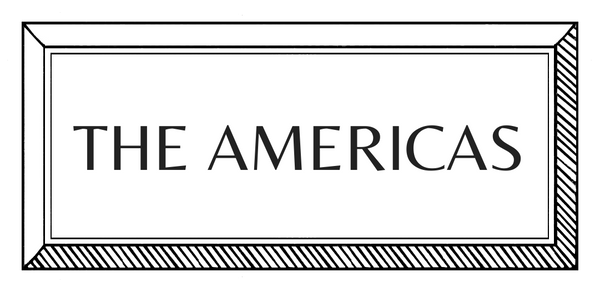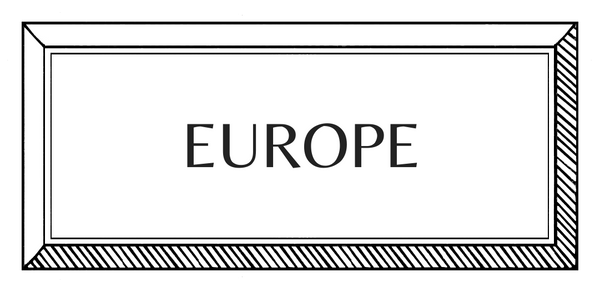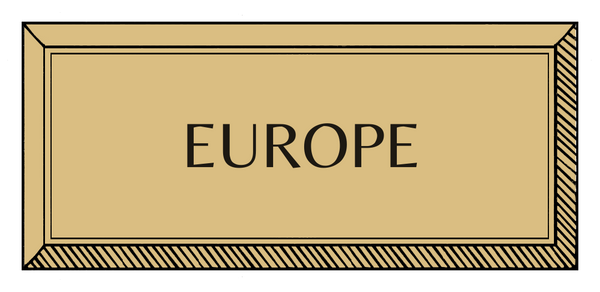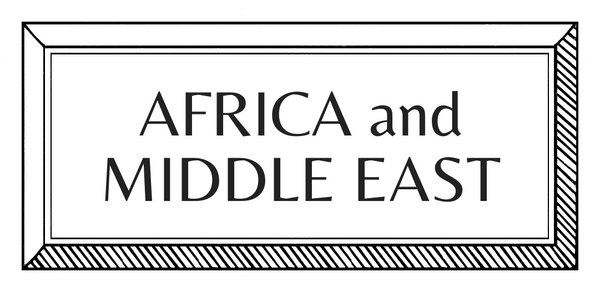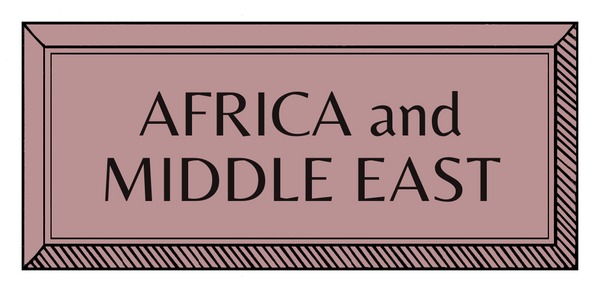MAKERS | EUROPE | ITALY | MULTI-MEDIA
Emanuele Pantanella Design

In Rome, Emanuele Pantanella is remembered for his elegance and originality. His creations can be found at the Met Museum in New York, the Victoria & Albert Museum in London, the Musée des Arts Décoratifs in Paris, and many other prestigious institutions. However, they seemed doomed to be forgotten until his grandchildren, in 2022, reopened the doors of his Roman studio. With the key support of designer Claudia D'Oncieu, they made his archive available for consultation and reactivated the production of his most iconic pieces. Claudia speaks to Cabana.
Romans of an older generation still well remember Emanuele Pantanella, an elegant and cosmopolitan figure who always carried a notebook in his pocket, where he would draw with a fine multigraph when a scene struck him. These were the years of cultural ferment (albeit softened by the pace of dolce vita) and years of affirmation for the great Italian luxury brands, so Pantanella had the opportunity to lend his innate talent to names such as Gucci or Fendi, for whom he made avant-garde jewelry and wooden pouches respectively. But he never tied himself to one sector or company and, were it not for the efforts of his descendants, his very rich archive might have been lost.
How did you begin your research?
"The research initiated to reopen the atelier in Via della Vetrina (open by appointment from 2022), emphasised Pantanella's intense collaboration with his trusted carpenter, revealing the possibility of restarting production and giving continuity to a four-handed work that had lasted over 40 years. Thus, starting with egg-shaped sculptures (particularly representative of his vision as a designer), Pantanella's collection was gradually revived, respecting the original designs and making slight changes only in the choice of materials, in order to better adapt them to contemporary times.
"In his spontaneity, he had something of a genius: starting out as an exceptional self-taught draughtsman, he had the correct intuition to nurture his passions and expose himself to different sources of inspiration, avoiding photography and insisting on drawing what he saw, even when he was travelling."

When Pantanella was working, artisans versed in centuries-old traditions were not hard to find. He identified one with exceptional skills, and their collaboration lasted a lifetime. To run his firm forward, however, it was not possible to proceed in the same way - not to mention that our historic carpenter had retired! So the real challenge was to find new people with both the technical skills and the time and passion to devote to the project. In the current scenario, where many manual techniques are at risk of extinction, this was not easy, and a reflection of the times is that we ended up relying on many specialists instead of one or two extremely versatile figures.
How do you plan, prepare and create your works?
"Each piece has its own making process. A peculiar trait of Pantanella was that he ranged from the very small to the very big, so following the realisation means witnessing very different workmanship... from furniture to jewellery. This was also one of the most difficult elements to get galleries to accept, as they tend to have a rather cautious attitude towards very varied collections.
"But we think that a holistic approach, as a Renaissance man interested in and expert in everything, is making a comeback. Moreover, by following in Pantanella's footsteps, we have realised how important the human link with the craftsman is, who is not a mere executor, but the spokesman of a technique and its secrets... a person with whom one can confront and enter into confidence."
Who or what most influences your works?
"The drawings and original pieces were the first step to immerse ourselves in Pantanella's world. After that, we deepened our knowledge of materials. That was his approach to work, and that's what we wanted to do too, looking for ways to modernise his designs. The changes we introduced were few and minimal, but they seemed necessary to keep up with the times: more colourful things, and new materials, which Pantanella had not considered... without denying his true love, wood, of course!
"Certain products have been resurrected at great market demand: it was the very loyal customers of the past who claimed the belts, for example. Since we are ‘family’, and also thanks to the archive, the roots of his aesthetics are known, and so it is easy for us not to stray too far off the mark. Pantanella loved Oriental calligraphy, Japanese culture (which inspired the clutch bags) and Indian culture (the lingams are virtually the antecedents of his eggs on a pedestal), Brancusi, Greek mythology... and he was a collector, so some of his references are still scattered around today."
What does a typical day look like?
"There are whole days spent in the joinery, and others, completely different, spent in the studio thinking about business strategy. Some periods require us to focus on production, others on sales... basically, no two weeks are ever the same.
"We have had to get used to the inherent risks of artisanal production, where each piece is unique and has traits of unpredictability. But the real challenge will be to find out whether the market is ready to accept entirely handmade products, and consequently the costs of craftsmanship. Emanuele Pantanella was very successful during his lifetime, but he was mainly an Italian phenomenon. It would be nice to give him international visibility now."
Interview by Sara Pierdonà
Images from Emanuele Pantanella Design, Alessandro Zoppis and Claudia d'Oncieu

















